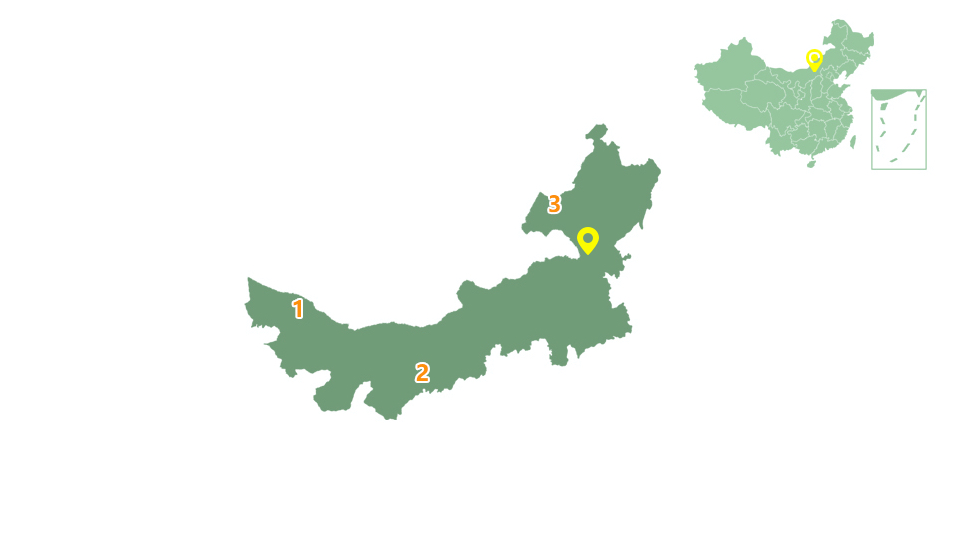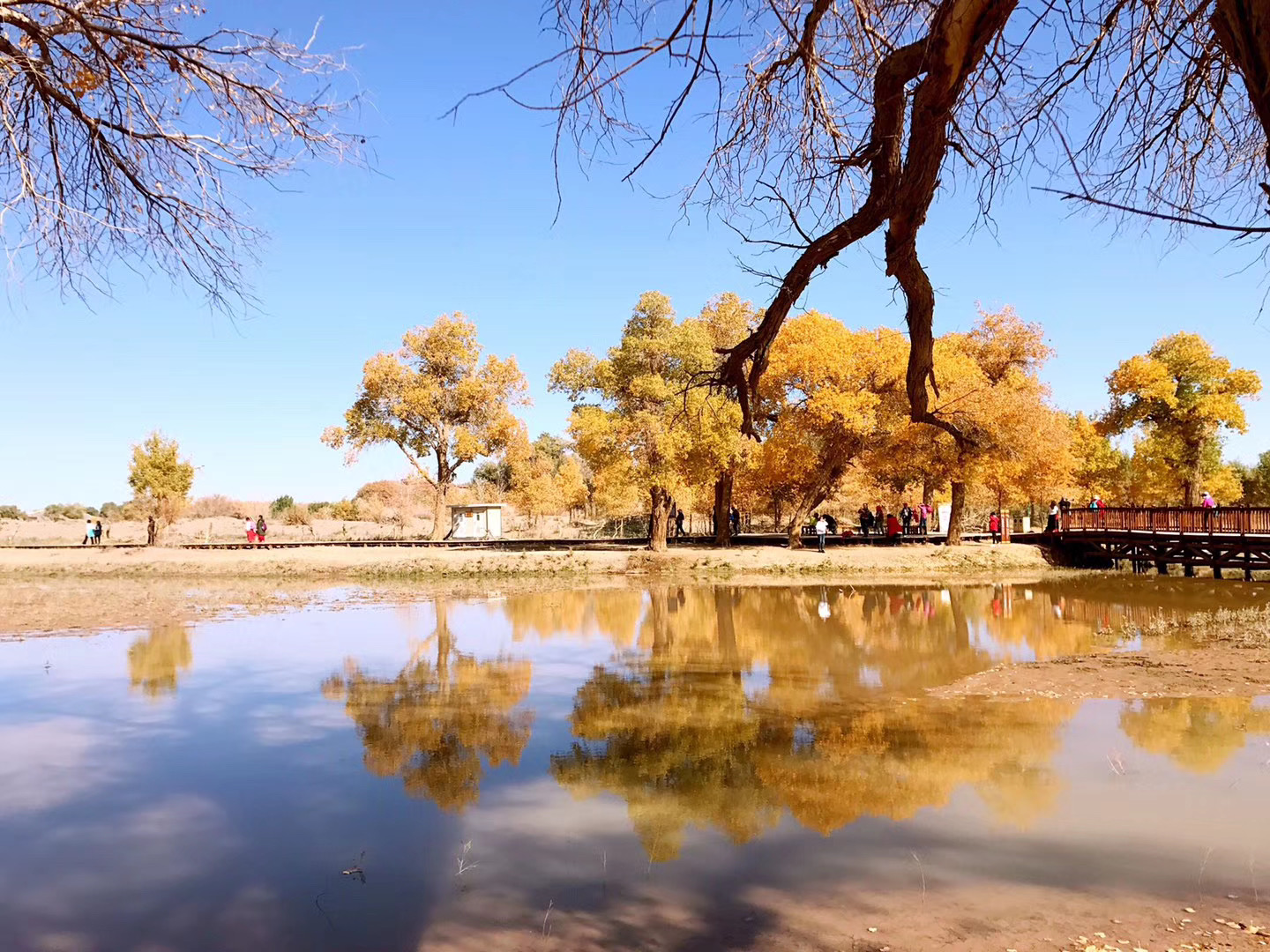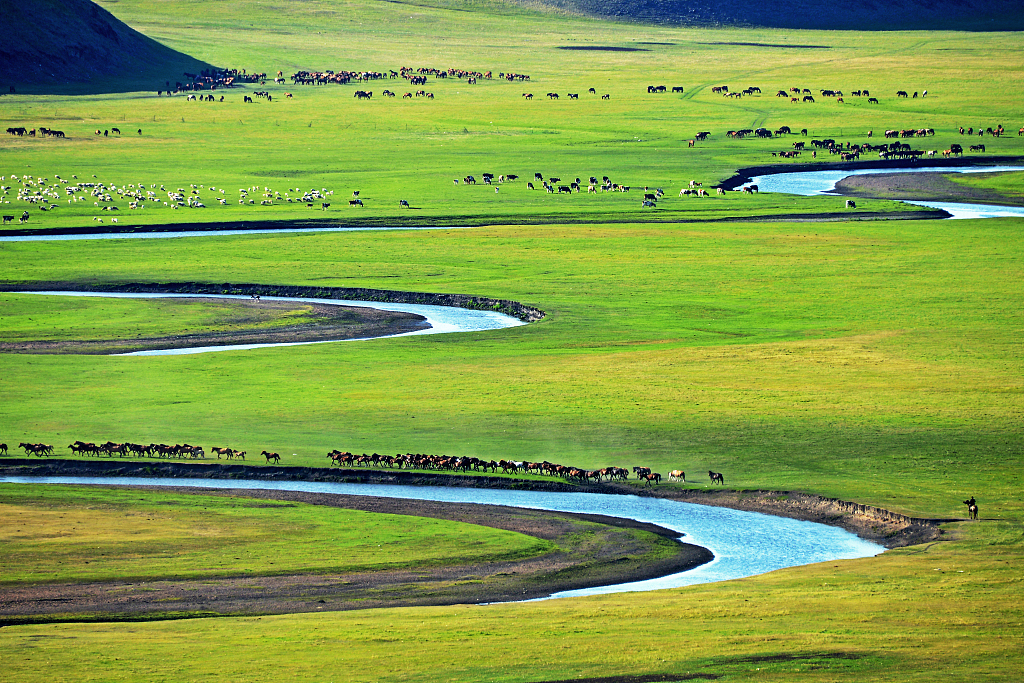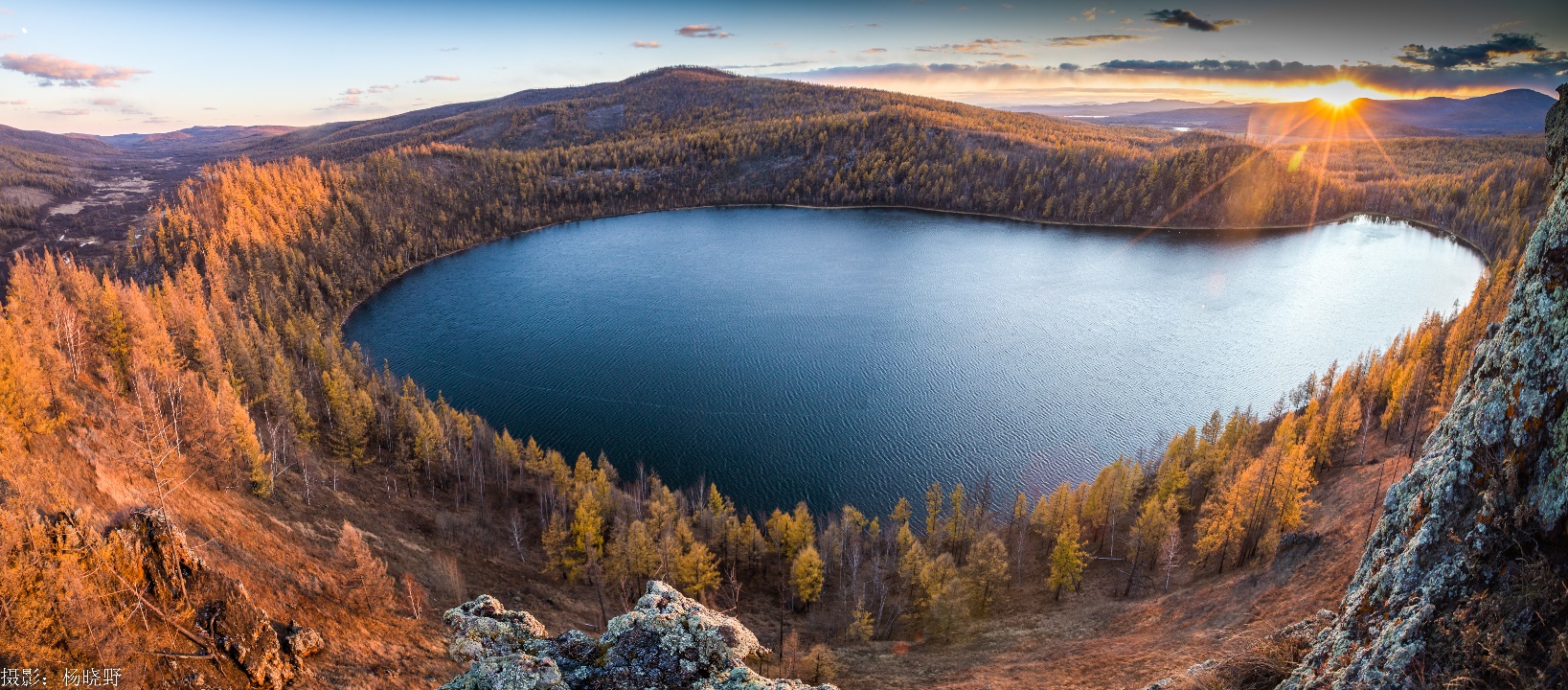
Arxan Ville, Hinggan League, Inner Mongolia Autonomous Region, China
Located in the northwest of Hinggan League in Inner Mongolia Autonomous Region, Arxan Ville is one of the Chinese cities in high latitude, stretching across the southwestern foothills of the Greater Khingan Range. Thanks to its unique geographical location, this small city boasts a beautiful landscape featuring grassland and forest, lakes and volcanoes, and hot springs and ice and snow. The impoverished villages in Arxan Ville are all located in the scenic areas or within a 20-kilometer radius of the scenic spots, suitable for developing rural tourism. Over the past decade, Arxan Ville has explored and evolved a "all-for-one tourism+five small businesses” development model. It engaged every impoverished household, each according to its specific conditions, in building an economy combining planting, breeding, commerce, labor service and business cooperation, thus covering all the households in industry-based poverty alleviation work. Benefiting from tourism, industry and the help of professionals, Arxan Ville has set out on a path of hope in lifting the impoverished population out of poverty by taking robust efforts to develop the industry of livestock breeding in the forest, experimenting with growing alpine mineral-water rice and carrying out projects such as “Flower Sea Paradise”, aquaculture and deer breeding. In April 2019, Arxan Ville was officially removed from the country’s list of key impoverished counties.














